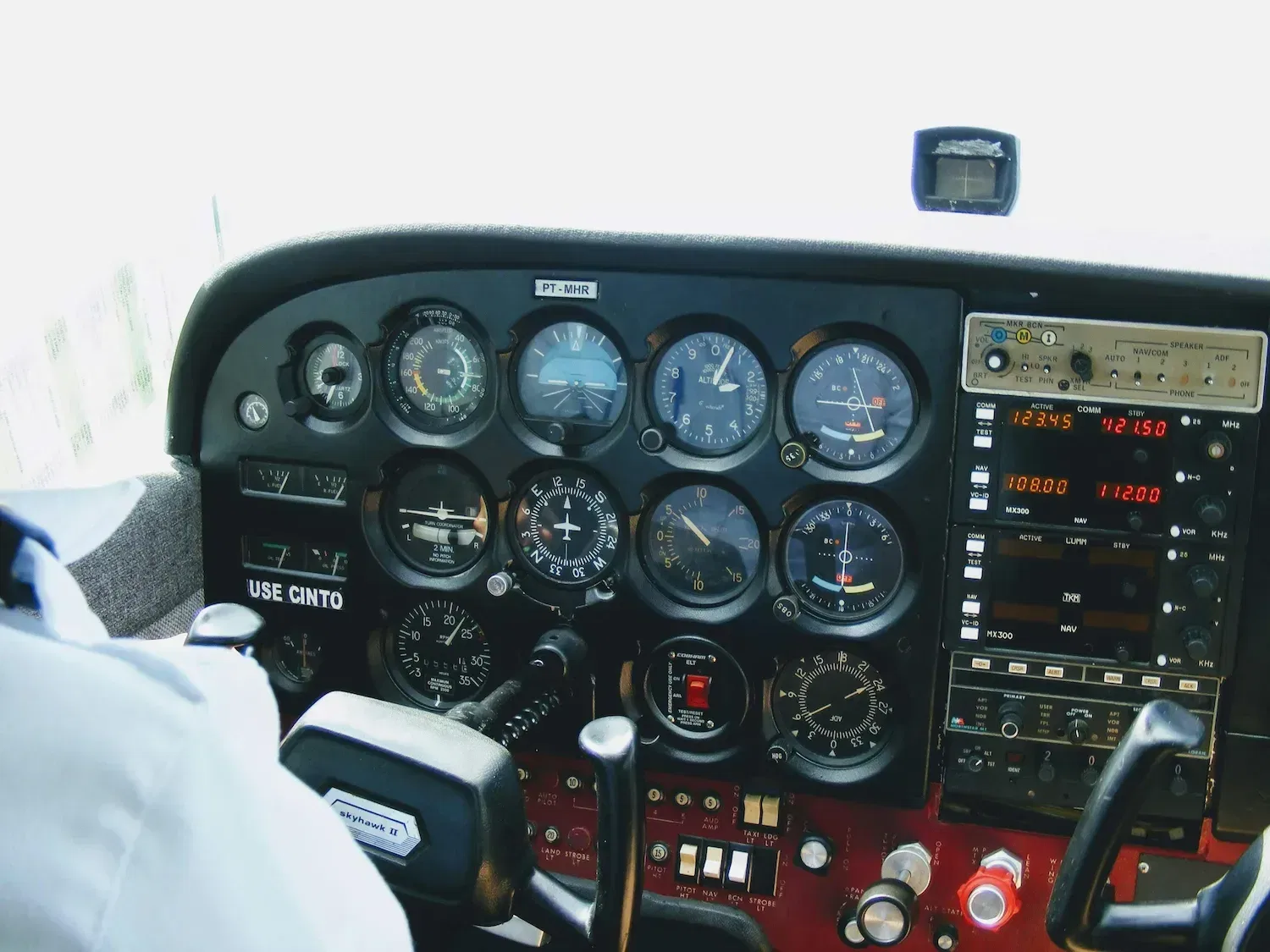Understanding Servo Motors

Understanding Servo Motors: A Beginner’s Guide
1. What is a Servo Motor?
A servo motor is a small electromechanical device that can rotate its shaft to a precise angle based on a control signal. It’s widely used in RC planes, robotics, automation systems, and hobby electronics projects.
Unlike regular DC motors that rotate continuously, servo motors move within a fixed range—typically between 0° and 180°—and hold their position until a new command is received.

Tower Pro 9g Micro Servo motor
2. Types of Servo Motors
Servo motors come in different forms depending on their function and application:
- Standard Servo: Rotates within a fixed angle range (usually 0°–180°). Commonly used for steering or control surfaces.
- Continuous Rotation Servo: Rotates continuously in either direction, acting more like a DC motor with direction and speed controlled by PWM.
- Linear Servo: Converts rotary motion into push/pull linear movement, used in specialty applications.

Standard Servo

Continuous Rotation Servo

Linear Servo
3. Common Applications
Servo motors are used in many areas due to their precision and reliability:
- RC airplanes (controlling rudder, elevator, flaps)
- RC cars (steering and throttle control)
- Robotic arms and claws
- Camera gimbals and pan-tilt systems
- Automated mechanisms in electronics or mechatronics projects
4. What’s Inside a Servo?
A typical hobby servo contains the following components:
- DC Motor: Provides the mechanical power.
- Gearbox: Reduces the speed of the motor and increases torque.
- Potentiometer: Monitors the shaft’s position and sends feedback to the control circuit.
- Control Circuit: Compares the current position to the input signal and drives the motor until the target position is reached.

5. How Does a Servo Work?
Servo motors are controlled using a technique called Pulse Width Modulation (PWM):
- A PWM signal is sent every 20 milliseconds.
- The width of the pulse (usually between 1 ms and 2 ms) determines the position:
- 1 ms sets the servo to approximately 0°
- 1.5 ms sets it to the center (90°)
- 2 ms sets it to the maximum (180°)
- The internal circuit adjusts the motor until the potentiometer detects the desired angle, then stops movement and holds position.

6. Servo Pinout and Wire Color Code
Most hobby servos have three wires coming out of the casing:
- Signal: Usually orange, yellow, or white – connects to the controller’s PWM signal output.
- Power (VCC): Usually red – connects to +5V or +6V supply.
- Ground (GND): Usually brown or black – connects to the ground of the power source.
Color coding may vary slightly between manufacturers, so always check the label or datasheet before connecting.

7. Voltage and Current Requirements
Understanding the power requirements is crucial for safe and reliable operation:
- Operating Voltage: Typically between 4.8V and 6V
- Current Draw:
- Idle (holding position): a few milliamps
- Moving under light load: 100 to 500 mA
- Moving under heavy load or at stall: 1 to 2+ Amps
When using multiple servos or high-torque models, it is recommended to use an external power supply rather than relying on the microcontroller’s power pins.
8. Servo Sizes and Gear Types
Servo Sizes
- Micro Servos (e.g., 9g): Compact and lightweight. Ideal for small RC planes and simple robotics.
- Mini Servos: Mid-sized. Offer more torque than micro servos while remaining compact.
- Standard Servos: Larger with more torque and durability. Used in heavier aircraft or demanding mechanical systems.
Gear Types
- Plastic Gear Servos: Lightweight and affordable. Suitable for light loads but more prone to wear and breakage.
- Metal Gear Servos: Durable and high-strength. Better suited for high-torque applications and frequent use.
Best Choices for RC Planes
- Micro plastic gear servos are great for light foam planes and indoor flyers.
- Micro or mini metal gear servos are recommended for control surfaces on larger or faster models.
- Standard metal gear servos are used in large RC planes or models requiring high force, such as landing gear or large flaps.
9. Using Servo Testers
A servo tester is a small tool that allows users to test servo functionality without the need for a microcontroller or programming.
Features
- Connects directly to the servo’s 3-pin plug (signal, power, ground).
- Offers different modes: manual control, center positioning, and automatic sweep.
- Simple interface, usually with a knob or buttons.
Where to Buy
Servo testers are widely available online through:
- Amazon
- eBay
- AliExpress
- RC hobby shops
Most testers cost between $5 and $15 USD and are a handy addition to any RC or electronics toolbox. Some models even support testing multiple servos simultaneously.
If you’re comfortable with coding on an Arduino, you can also write a simple program to test servos with few or no additional components. This DIY approach provides more flexibility and will be the focus of the next article.

10. Summary
Servo motors are an essential part of many beginner and advanced electronics projects. Understanding how they work, how to power them, how to test them, and how to choose the right type and size will set you up for success in applications ranging from RC aircraft to robotics.
With just a few components and a basic understanding of PWM control, you can start building interactive and precise motion control systems.





